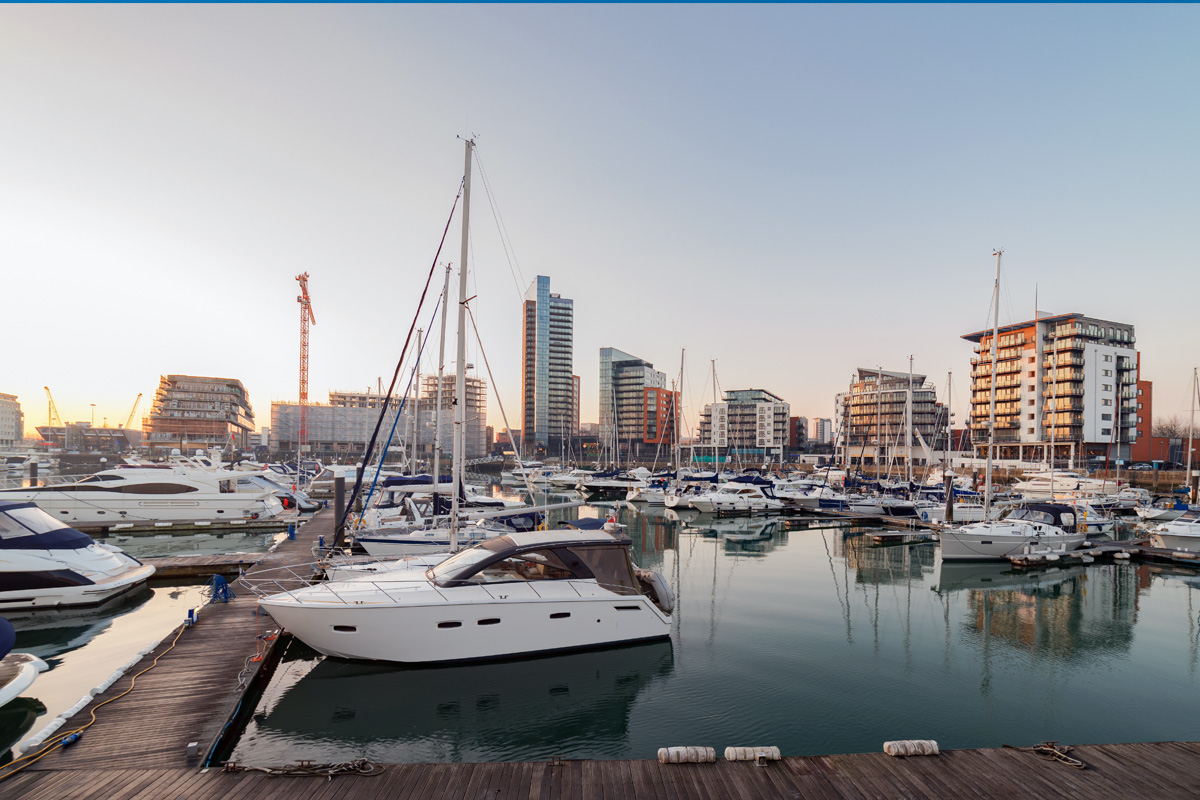Discover The Latest Property Statistics and Sold House Prices In Southampton, Hampshire.
Gain a competitive edge in the Southampton, Hampshire housing market using our extensive data on house prices with local insights and trends.
See more data for postcode districts in Southampton:
Check other postcode districts data in Hampshire:
- BH23
- BH24
- BH25
- BH31
- GU10
- GU11
- GU12
- GU13
- GU14
- GU16
- GU17
- GU26
- GU27
- GU30
- GU31
- GU32
- GU33
- GU34
- GU35
- GU46
- GU51
- GU52
- PO1
- PO2
- PO3
- PO4
- PO5
- PO6
- PO7
- PO8
- PO9
- PO10
- PO11
- PO12
- PO13
- PO14
- PO15
- PO16
- PO17
- RG7
- RG19
- RG20
- RG21
- RG22
- RG23
- RG24
- RG25
- RG26
- RG27
- RG28
- RG29
- SO1
- SO2
- SO3
- SO4
- SO5
- SO9
- SO20
- SO21
- SO22
- SO23
- SO24
- SO30
- SO31
- SO32
- SO40
- SO41
- SO42
- SO43
- SO45
- SO50
- SO51
- SO52
- SO53
- SP4
- SP5
- SP6
- SP9
- SP10
- SP11

SOUTHAMPTON
Property market data for Southampton in Hampshire. Compare data on the district postcode areas of Southampton including sold house price growth, long let gross rental yield, buyer demand, average asking price, average price per square foot and average rental prices. Explore Southampton with a range of tools to help you understand the local market.
In the centre of Southampton, SO14 long-let gross yield is 6.9%, the average rental price is £286 the average asking price is £216,480 and the average price per square foot is £287. There are currently N/A completed property sales per month, with a turnover of 9.0%. Toggle between postcode districts to see how different areas compare.
BUY-TO-LET PROPERTY INVESTMENT IN SOUTHAMPTON
Understanding the Housing Market in Southampton: Key Facts and Figures
Southampton, forming part of the South Hampshire built-up area and sitting at the confluence of the River Test and Itchen, is located on the south coast, 70 miles away from London and 15 miles away from the city of Portsmouth. It is the third busiest UK port for cargo and the second busiest for vehicles. Before the advent of aviation, the city was very much considered to be the UK's gateway to the rest of the world and was notably (or notoriously, perhaps) the departure point for the RMS Titanic, which sank along with 500 of Southampton's residents, after hitting an Iceberg, en route to New York. The economy of Southampton is booming. Research by the law firm Irwin Mitchell has predicted that the city will be amongst the top-ten fastest growing UK economies by the end of 2023. The report, which is critical of the Government's Levelling Up programme, points to the fact that despite a commitment to greater investment in the north of England, economic growth remains largely concentrated in the south, a trend which looks set to continue. And yet there is no mystery behind Southampton's successes, being an international city and a locus for the UK's trading ambitions. The docks are a major employer and unlike other ports cities such as Liverpool and Bristol, which have seen their docks move away from the urban areas to make room for redevelopment, the docks of Southampton, home to freight, luxury cruise ships, ferries and the businesses that support them, are still very much a part of the city. And yet the economy of the city is not underpinned by the docks alone. During the 20th century, Southampton became a home for car manufacturing and aerospace, electrical engineering, cabling, petrochemical plants and grain mills. Today, there is a thriving service industry. Southampton's remarkable economic growth is making a tangible imprint on the residential housing stock of the city with three, important, regeneration schemes underway. The Bargate Quarter scheme will provide 500 new homes along with retail units and hospitality venues. The Maritime Gateway scheme will provide an extra 600 homes alongside commercial spaces. Leisure World is delivering 650 new homes as well as a cinema, casino and restaurants. Southampton is a city that is evolving rapidly and with confidence, with one eye on its historical legacy and the other on what will come.